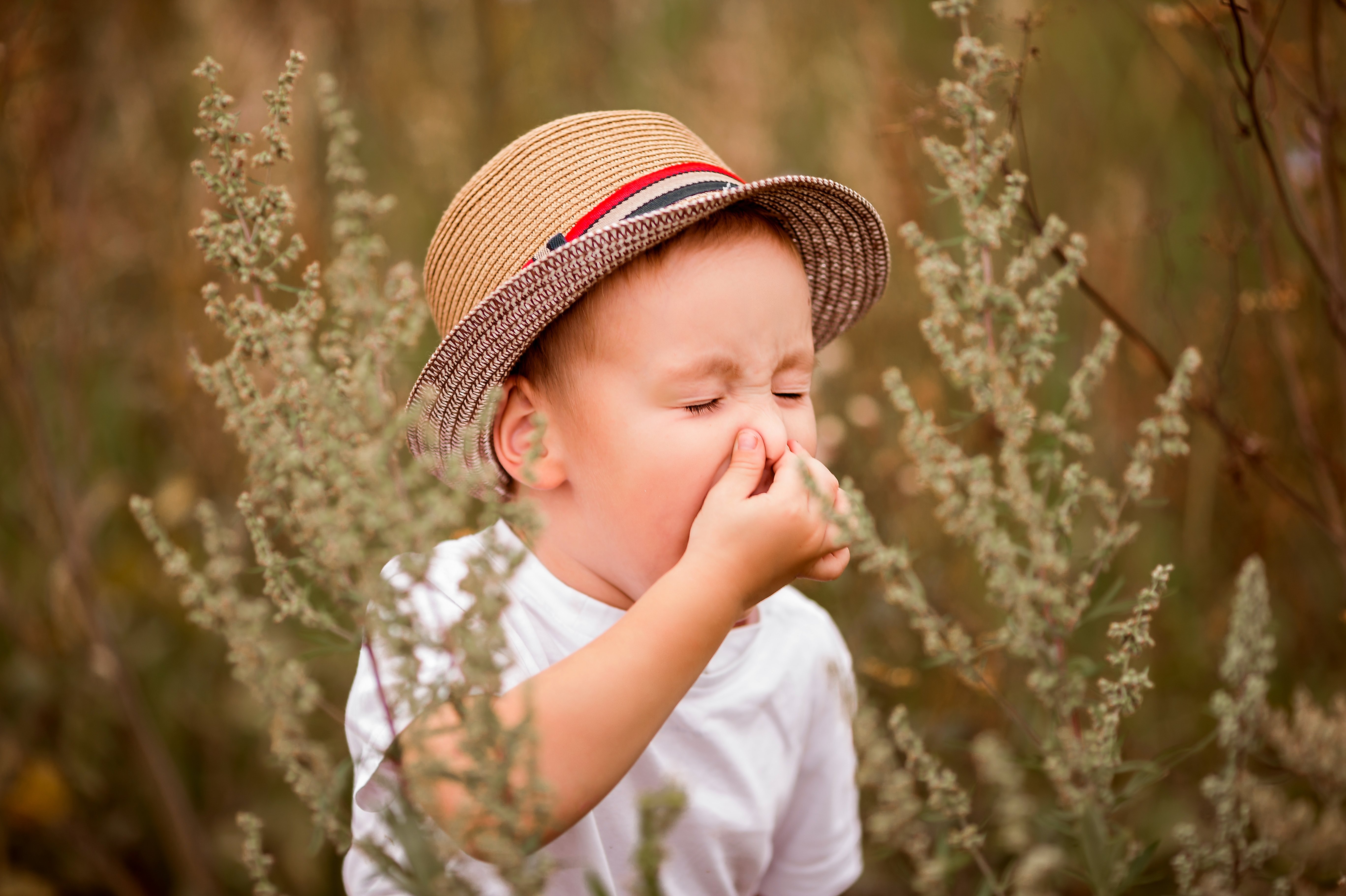
(Vienna, 09 March 2023) As part of a MedUni Vienna-led study conducted in cooperation with Stockholm’s Karolinska Institute and the Karl Landsteiner University of Health Sciences in Krems, a comprehensive European allergy atlas has been compiled for the first time using a newly developed test method. Identification of molecular sensitisation patterns in around 2,800 children from northern, western, central and southern Europe revealed clear regional and climate-related differences in sensitisation to allergens, while also showing lifestyle- and diet-dependent divergences. The study results are now providing the basis for new diagnostic and treatment procedures for allergies, in addition to new prevention strategies at the European level. The findings have just been published in respected journal Allergy.
The comprehensive study revealed that sensitisation to the grass pollen allergen Phl p 1 and the main cat allergen Fel d 1 dominates in most areas of Europe, while sensitivity to house dust mite allergens (Der p 1, 2 and 23) varies greatly by region and is at its lowest in the north of the continent. Sensitisation to peanut allergens occurs only in a few regions, while adverse reactions to fruit allergens (Pru p 3, and Act d 1 and 2) are more prevalent in southern and central Europe. Although wasp sting and other insect allergens are the predominant allergen molecules in northern, western and central Europe, the same does not apply in southern Europe.
Comprehensive test method developed
Led by Rudolf Valenta from MedUni Vienna's Institute of Pathophysiology and Allergy Research, and also comprising members from the Karolinska Institute in Stockholm, the research team arrived at these and other findings by examining immunoglobulin E (IgE) sensitisation patterns in nine different population-based cohorts from different geographical regions in northern, western, central and southern Europe. Immunoglobulin E (IgE) are antibodies whose presence in the blood indicates allergic sensitisation. In total, the cohorts analysed in the study contributed blood samples from 2,855 children aged between 1 and 16. Besides recording the number and type, the study was also able to track the development of IgE sensitisations from early childhood. To achieve this, the research team developed a new test method (allergen microarray) covering 176 allergen molecules, which proved to be superior to previously available diagnostic tests both in terms of scope and sensitivity.
“For the first time, the results of our analysis made it possible to compile a comprehensive atlas of molecular IgE sensitisation rates and patterns in the population from different regions of Europe," confirmed lead author Rudolf Valenta. The researchers attribute the difference seen in sensitisation to the various allergens to climatic variances, and different living and eating habits in the individual regions. The specific exposome – the overall exposure of the human body to individual allergen molecules – was another factor. One of the study findings was that children who grew up in hot and dry regions of a country were less than half as likely to demonstrate IgE sensitisation than their contemporaries from areas with a moderate climate. “Besides being important for accurate diagnosis of allergies, understanding sensitisation patterns in different regions forms the basis for new treatment and prevention strategies across Europe,” Valenta noted. Precision medicine approaches – in this case, allergen-specific immunotherapy as well as dietary and allergen avoidance measures suitable for adaptation to molecular sensitisation patterns – should be considered first and foremost.
The research work was carried out, among others, with the support of Lower Austria within the framework of the Danube Allergy Research Cluster (Danube ARC) - Center of Excellence for Allergy Research at the Karl Landsteiner University for Health Sciences in Krems.
Publication: Allergy
A molecular sensitization map of European children reveals exposome- and climate-dependent sensitization profiles
M. B. Gea Kiewiet, Christian Lupinek, Susanne Vrtala, Sandra Wieser, Alexandra Baar, Renata Kiss, Inger Kull, Eric Melén, Magnus Wickman, Daniela Porta, Davide Gori, Ulrike Gehring, Rob Aalberse, Jordi Sunyer, Marie Standl, Joachim Heinrich, Dagmar Waiblinger, John Wright, Josep M. Antó, Jean Bousquet, Marianne van Hage, Rudolf Valenta
doi: 10.1111/all.15689